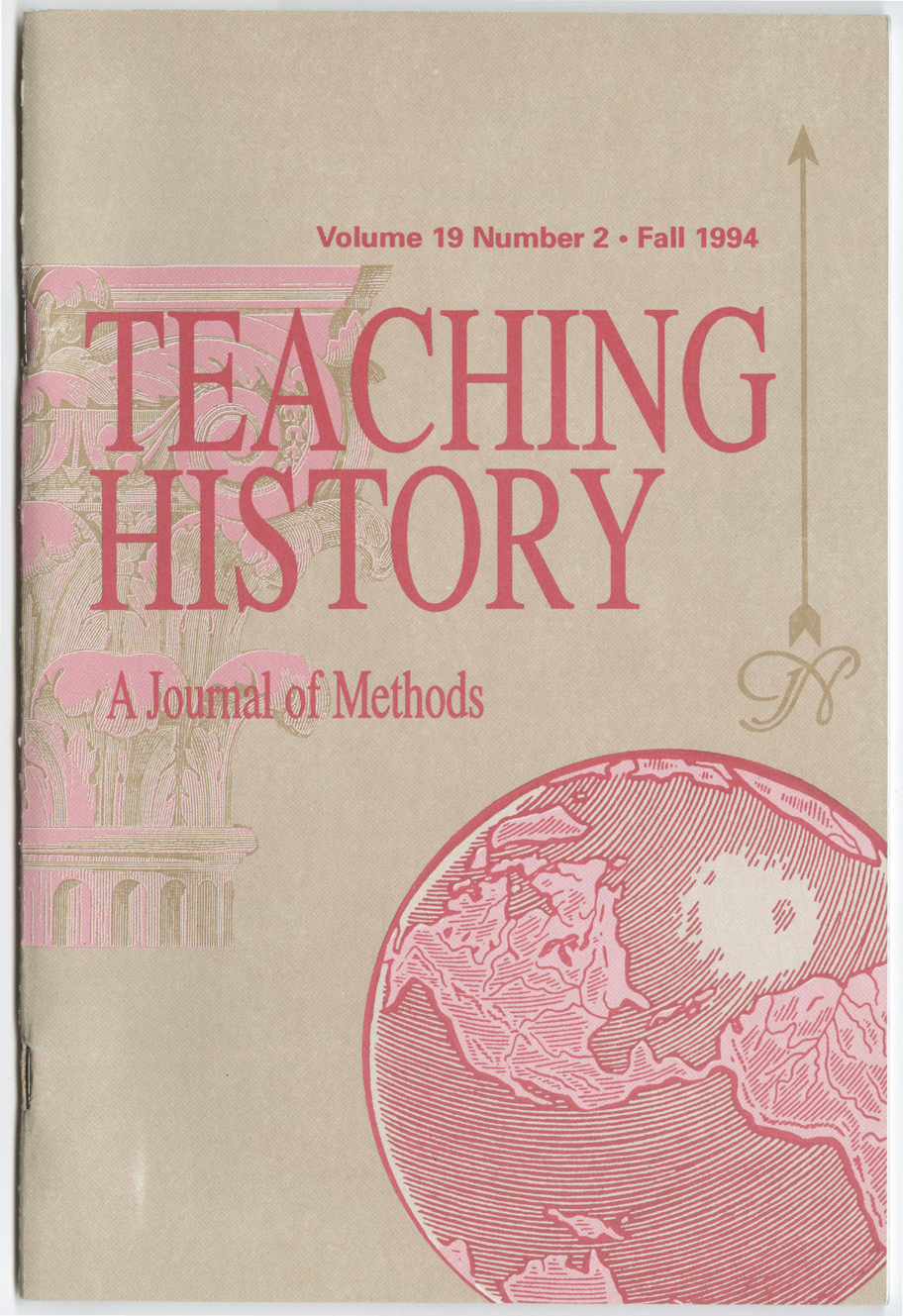The Islam Hypertext
A HyperCard Classroom Application
DOI:
https://doi.org/10.33043/TH.19.2.51-64Abstract
Among the wide variety of computer applications available to educators is the hypertext. For the uninitiated, hypertext is "text composed of blocks of words ( or images) linked electronically by multiple paths, chains, or trails in an open ended, perpetually unfinished textuality described by the terms link, node, network, web, and path …"1 That is to say that hypertext is a large database (library) containing note cards with text, pictures, maps, sound, animation, or anything else one might wish to include on a card with all the cards linked electronically in such a way that the user can begin at virtually any specific card (beginnings are flexible) and progress to an end point (again, end is relative) by an almost limitless number of intermediate points. It is the computerized equivalent of picking up a book and deciding that you wish to read only the material on a particular individual and then going to the index and skipping from page to page, reading some text here, a note there, then looking at a picture of your subject, reading some more text, referring to a map, and then back to text. You might begin on page 45 and end with a map on page 5, having looked at pages 103, 56, 6, and 148 in the interval. The advantage of a hypertext is that you do not have to shuffle pages.
Downloads
Downloads
Published
How to Cite
Issue
Section
License
Copyright (c) 1994 Calvin H. Allen Jr.

This work is licensed under a Creative Commons Attribution-NonCommercial-NoDerivatives 4.0 International License.
By submitting to Teaching History, the author(s) agree to the terms of the Author Agreement. All authors retain copyrights associated with their article or review contributions. Beginning in 2019, all authors agree to make such contributions available under a Creative Commons Attribution-NonCommercial-NoDerivatives 4.0 International license upon publication.



